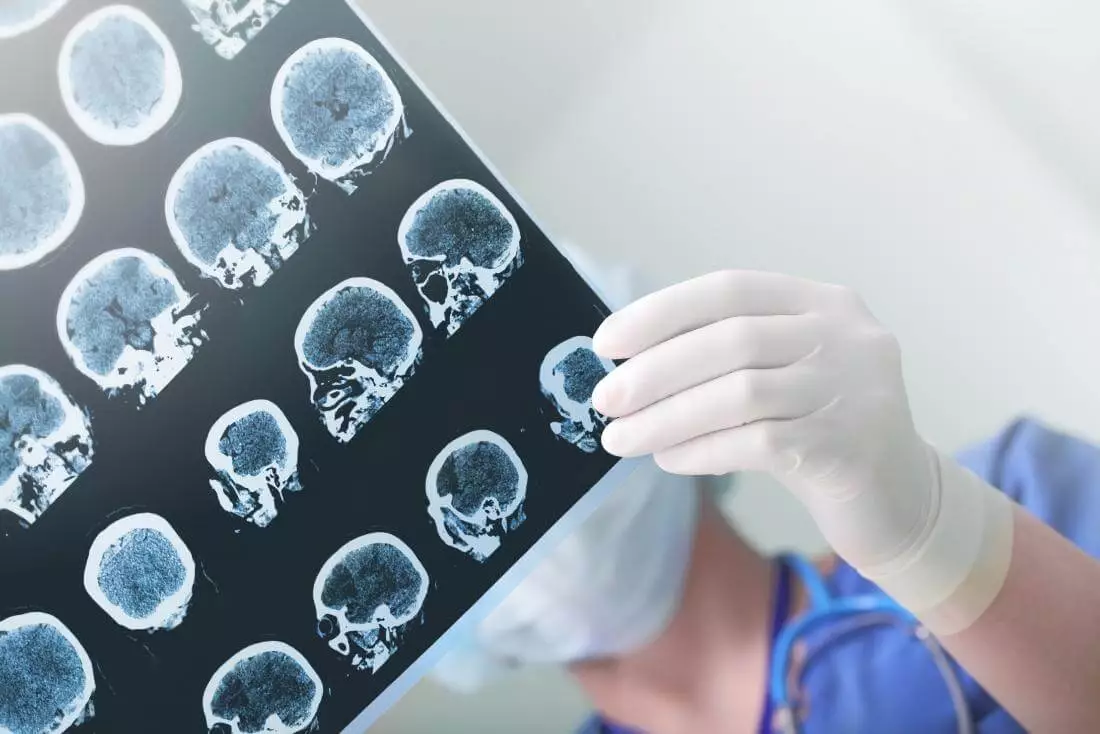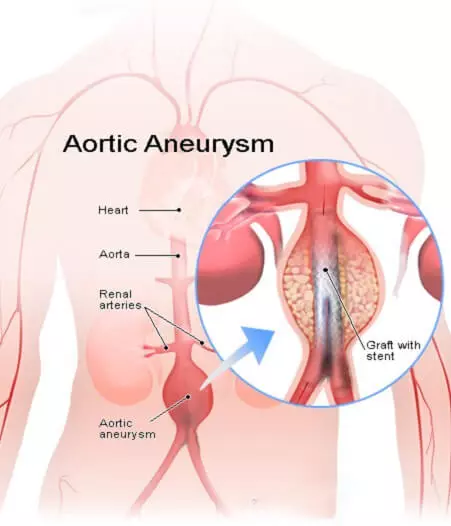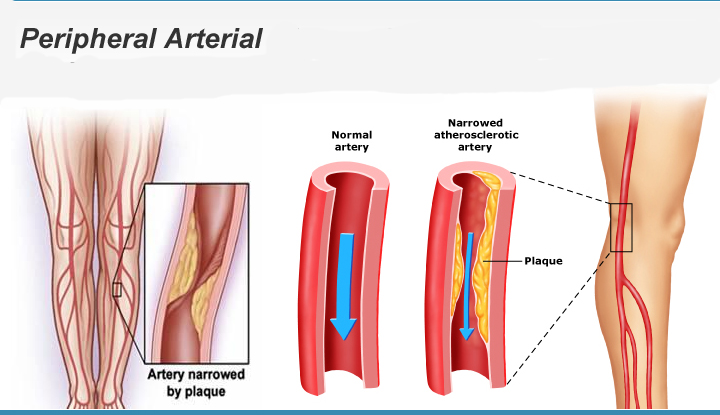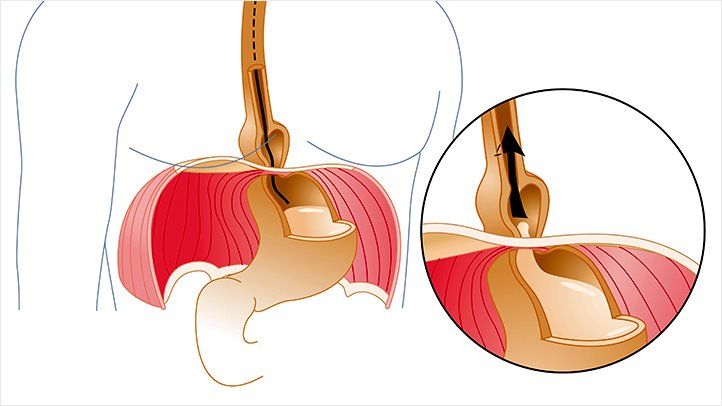Aneurysms and strokes may be related, but this is not always the case. A review of the differences between these pathologies of different causes and severity has been discussed in this article.
Strokes (CVAs), unfortunately, are the order of the day in modern society. It is estimated that these represent 10-12% of all deaths in industrialized countries , being the third cause of death and the first of disability in these regions. Although strokes can occur at any age, ¾ of the cases occur in patients over 65 years of age and the risk doubles in each decade of life after 55 years of age.
The World Health Organization (WHO) estimates that more than 15 million people suffer a stroke annually. 5 million of them die before they can be treated, and another 5 million survive with disabling injuries for the rest of their lives. Of course, we are facing one of the most important causes of death and permanent disability in the world.

Even so, different medical terms in this group of pathologies are often confused with each other. This is the case between an aneurysm and a stroke, concepts quite related but in no case interchangeable. In this article we present the 5 differences between them.
What are the differences between an aneurysm and a stroke?
Without further ado, we present the 5 differences between these two medical terms based on specialized portals, such as the Mayo Clinic or the United States National Library of Medicine. There is a lot of information to collect.
1. A stroke affects the brain; an aneurysm not always
First, we must go to the definitions and causes of both terms to begin to build bridges and create barriers between them. A stroke (better known as a cerebrovascular accident or CVA) happens when blood flow to a part of the brain stops, causing its cells to die. There are two main types of stroke:
- Ischemic stroke : caused by a blood clot that blocks or plugs a cerebral blood vessel. It is the one that occurs in 80% of the cases.
- Hemorrhagic stroke : When a blood vessel breaks and bleeds in the brain.
On the other hand, an aneurysm is a balloon-shaped bulge filled with blood that forms in the wall of blood vessels. The most common sites for aneurysms are as follows:
- The major artery leading from the heart (aorta).
- The brain (cerebral aneurysm).
- Popliteal artery, behind the knee in the leg.
- Mesenteric artery, in the intestine.
- An artery of the spleen.
Aneurysms can be asymptomatic, although certain clinical signs can appear depending on the dilated blood vessel. It should be noted that the clinical outcome of an aneurysm is usually positive if it is detected before its rupture , but when it begins to tear or rupture, we are undoubtedly facing a medical emergency. Only 1 in 5 people survive a ruptured abdominal aortic aneurysm, for example. Naturally, the larger the aneurysm, the more likely it is to rupture or tear.
2. A hemorrhagic stroke can be the consequence of an aneurysm
It must have struck you that we did not dwell on the description of the hemorrhagic stroke, right? Indeed, a brain aneurysm can lead to a hemorrhagic stroke , as this is exactly what happens when the dilated blood vessel tears: cerebral bleeding.
Still, not all strokes are caused by ruptured aneurysms. As we have already said, 80% of strokes (ischemic ones) find their causes in plugs and clots in blood vessels that prevent blood from reaching the brain, and not in their expansion and tearing, as is the case with aneurysm. . In addition, it should be noted that in the latter case the dilation of the vessels is not caused by a blockage or clot: the causes of the aneurysm are not at all clear today.
Even if you look at hemorrhagic strokes, not all of them are caused by a ruptured aneurysm. For example, an arteriovenous malformation can also cause them.
3. Different symptoms
As soon as we begin to explore this difference, it should be noted that most brain aneurysms do not cause symptoms. Why? Well, because they never break, which is why they do not produce a hemorrhagic stroke. Such asymptomatic aneurysms are often diagnosed when other tests are being done on the patient.
It is also necessary to note that the symptoms of a brain aneurysm depend a lot on the type of dilation in the blood vessel and the risk it presents of rupturing. For example, it may be putting pressure on a specific structure, which can cause double vision, loss of vision, “the worst headache of your life” (when it starts to break), eye pain, neck pain , etc. As we say, the clinical picture is highly variable, as it depends on the rupture (or absence of it), location and swelling of the aneurysm itself.
On the other hand, the cerebrovascular accident or stroke manifests itself with a much clearer and immediate clinical picture . Numbness, confusion, facial paralysis, trouble seeing, walking, and basically doing any basic task. In general, all of these symptoms appear quickly and leave little room for doubt.
To summarize this difference, a person is often diagnosed with a brain aneurysm before it ruptures on a CT scan due to headaches and other related discomforts. On the other hand, a stroke has much more serious signs and, unfortunately, a much worse prognosis.
4. Different prevalences and cases
In the United States, about 700,000 people suffer strokes each year, 500,000 of them for the first time and 200,000 on a recurring basis. As we have already said, it is a truly widespread pathology in the elderly population. On the other hand, aneurysms with rupture in the brain are much less common, since it is estimated that in this same country there are about 30,000 cases per year.
These data mean that only approximately 3-5% of strokes are caused by a ruptured aneurysm . On the other hand, around 6,000,000 inhabitants in this region have aneurysms that have been treated without rupture or major complications.
5. Different treatments for different clinical pictures
As you can imagine, a blood clot that prevents blood from reaching the brain or a brain flooded with blood will be treated very differently than a dilation of a blood vessel in this organ.
An unruptured brain aneurysm can be approached in two ways: with treatment or with follow-up. The treatments have an approximate 90% success rate and are based on surgical stapling and vascular embolization surgeries. Broadly speaking, it is about preventing it from breaking at some point. These blood clot surgeries could make the skin go round in a rough surface so it is advisable to talk to a dermatologist under severe changes over skin or get a consultation from a plastic surgeon. The clinical pictures would probably give a better say as to going ahead for treatment or the body would absorb the external changes.
Read More: lehi accident attorneys
On the other hand, a stroke (whether from aneurysm, clot, or other causes) will require a very different approach. The emergency protocol for a hemorrhagic stroke requires the administration of blood pressure medications and, if caused by an aneurysm, clipping the aneurysm (closing to stop bleeding) is usually the way to go. In the case of an arteriovenous malformation, it will be necessary to go to specific more complicated procedures to correct it.
Summary
It might have been a bit confusing to go to so much medical terminology at one point, but don’t worry: in a few lines, we summarize the key differences between an aneurysm and a stroke. Go for it:
- A stroke can be ischemic or hemorrhagic. Only the hemorrhagic variant can be caused by an aneurysm.
- An aneurysm is a bulging of an artery. It can occur in any artery in the body, also in the brain.
- Not all brain aneurysms lead to hemorrhagic strokes, nor are all hemorrhagic strokes caused by aneurysms.
- Most brain aneurysms are asymptomatic and do not cause any major problems in the patient.
- Only when an aneurysm ruptures and blood spreads through the brain can we speak of a cerebrovascular accident or hemorrhagic stroke.
About Author: Dr. R J Shree Charan,
DR. R J SREE CHARAN, a plastic surgeon working as a Asst Professor in Chengalpet Medical College. He has completed his MBBS, DNB in General surgery and MCh Plastic surgery. With a thriving experience of over 15 years, he has worked with some of the leading hospitals in Chennai, India, specializes in hand trauma and diabetic foot ulcers.

Karen is a health blog author who has been writing about healthy living since 2013. She started her journey by adopting a vegan diet and eating only organic foods, but the more she learned, the more she realized that we should all be eating plant-based diets exclusively. As an expert in nutrition and wellness, Karen blogs to educate readers on how they can live happier and healthier lives through food choices!












